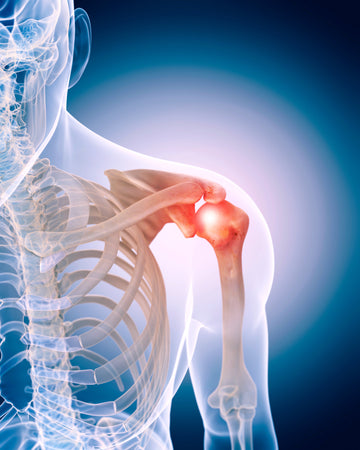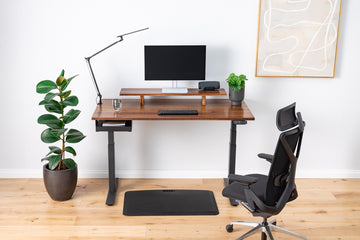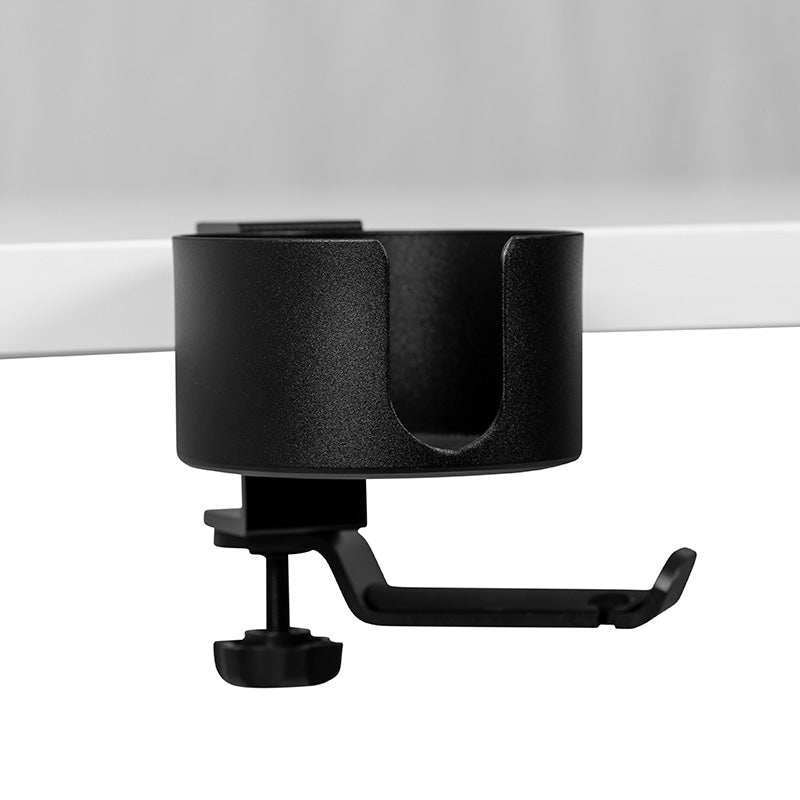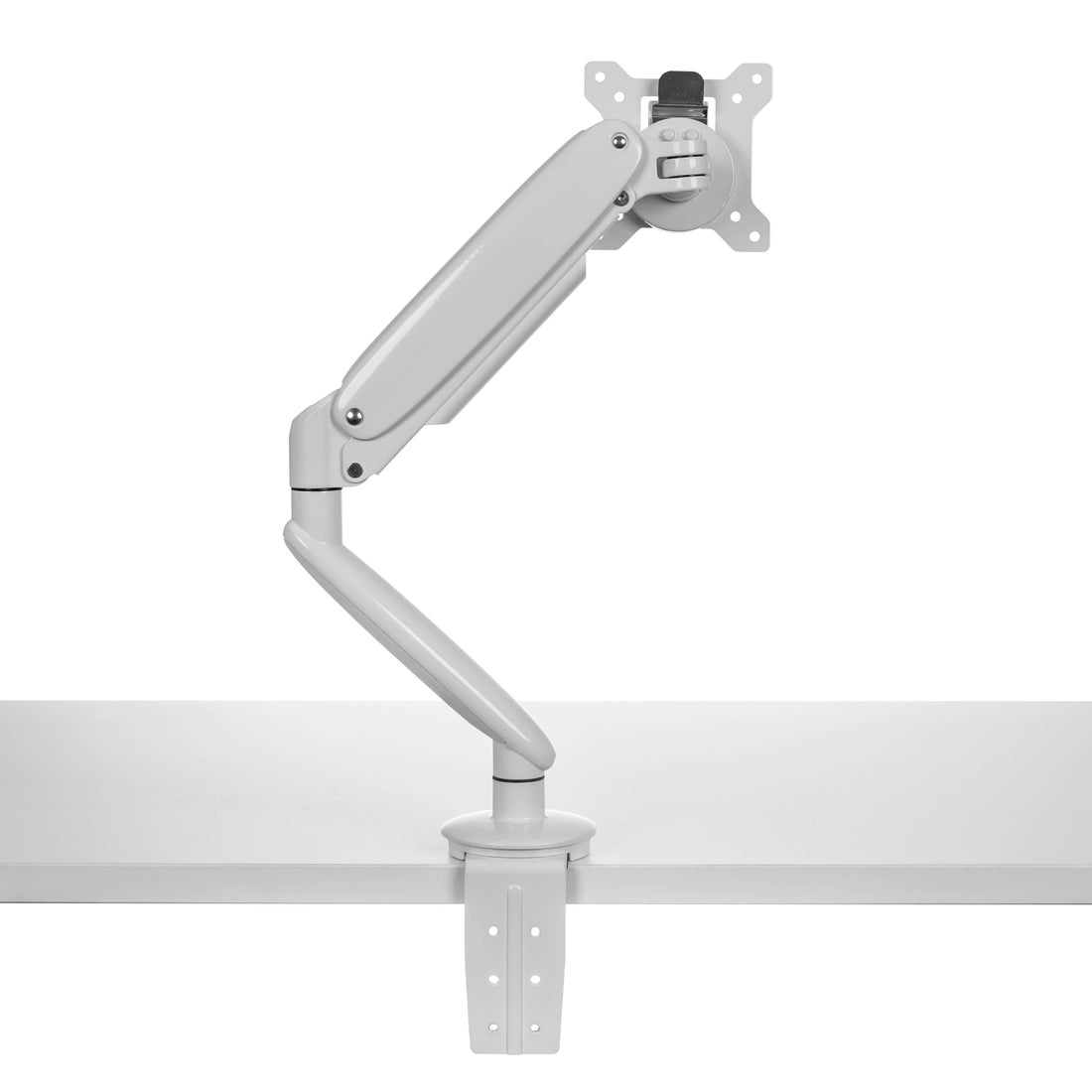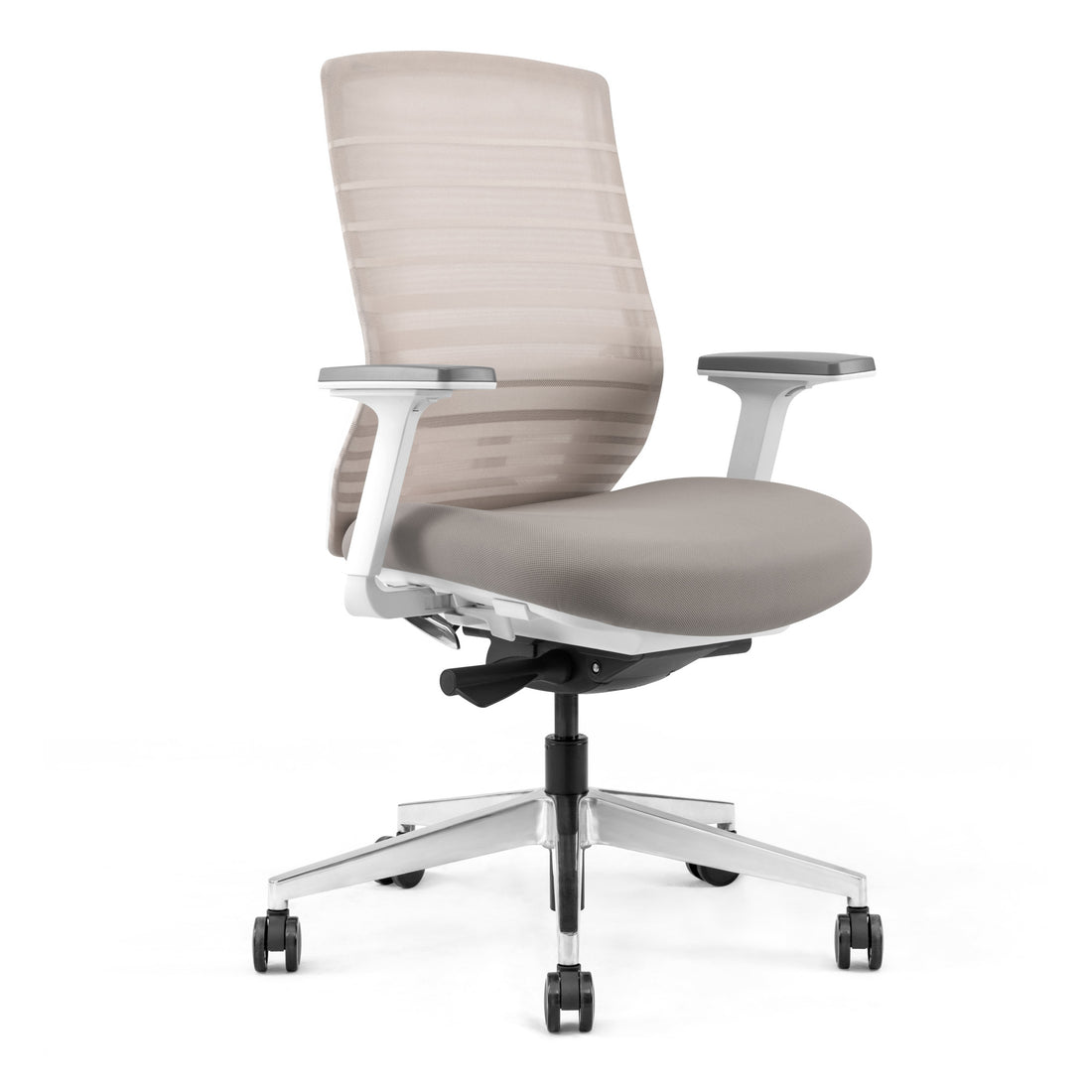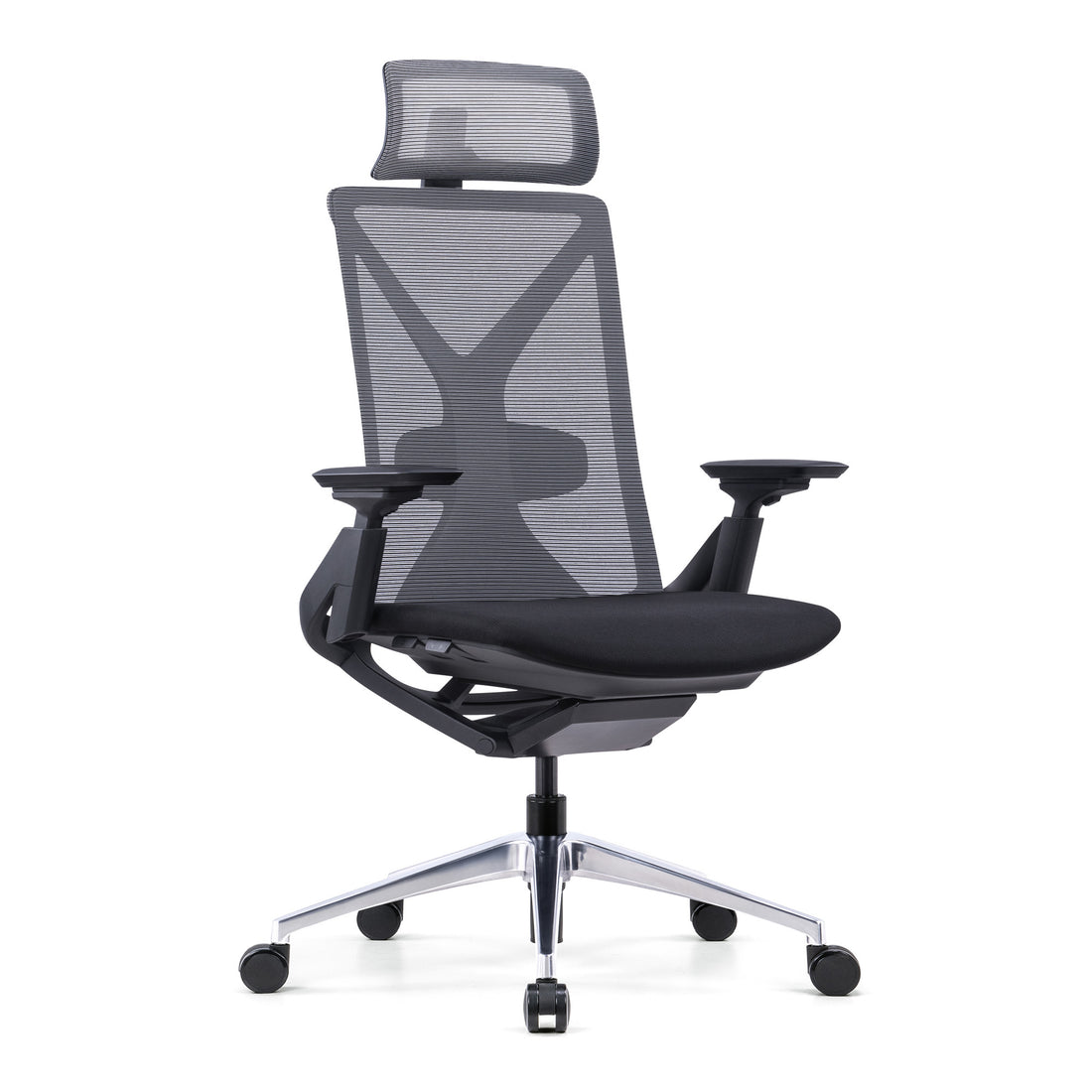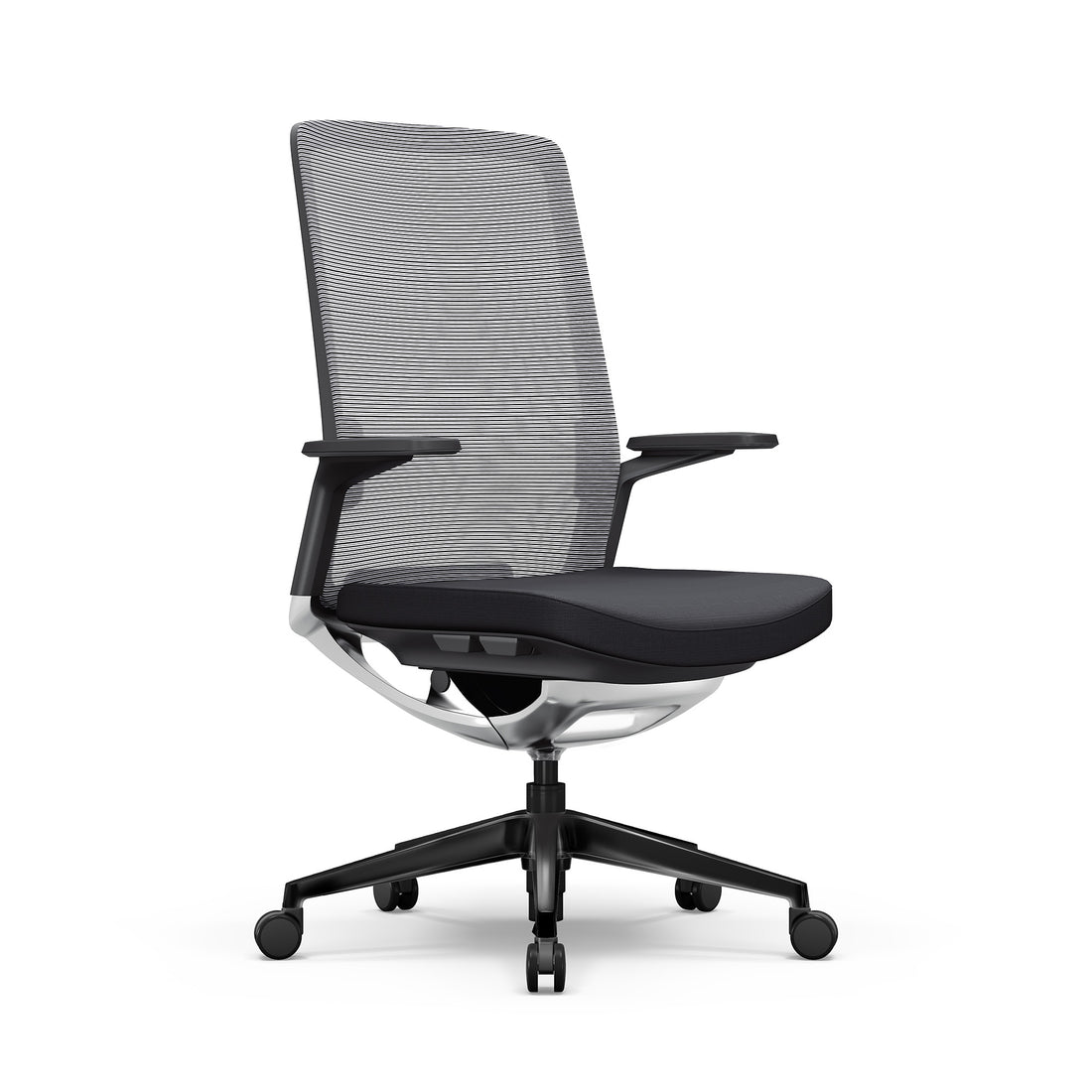By Paulina Wegrzyn.

Anterior shoulder pain (at the front of the shoulder) is common among people who work on computers on a daily basis.
Common Shoulder Problems Affecting Sedentary Office Workers
There are three very common shoulder problems that affect people who work on computers for the entirety, or majority of their work day.
Shoulder Impingement- Main symptoms: constant shoulder pain, night shoulder pain
Shoulder impingement is most widely known as a condition that affects athletes, namely swimmers, cricket players, or softball players.
Shoulder impingement affects the rotator cuff muscles, which attach the upper arm bone, or humerus, to the shoulder blade. These muscles help both lift and rotate our arms in and out. With shoulder impingement, the rotator cuff tendons rub against a bony protrusion on your shoulder blade called the acromion process, which is a part of the shoulder blade.
This occurs when we do any type of overhead motion or increase stress on the anterior portion of the shoulder. This is the part of the shoulder that is visible if you are looking at someone from the front. This explains why the condition is so common among athletes. However, shoulder impingement is also common among the sedentary population. In this case, it is not from overuse such as is seen with throwing or swimming, but rather from sitting in poor posture with our shoulders tense and rounded forward. This can also compress the rotator cuff tendons against the shoulder blade.
The most common symptoms of shoulder impingement are minor but constant pain in the shoulder, pain in the shoulder that gets worse at night, and pain that radiates from the front of the shoulder to the side of the arm, namely the area of your deltoid muscle. The deltoid muscle in the muscle that makes up most of the “bulk” of your shoulder, and is visible if you are looking at someone’s shoulder from a side view. Some individuals can also experience limited range of motion and/or weakness in their affected arm.
A standing desk can have significant benefits when dealing with or avoiding shoulder impingement. Make sure you stand in a good posture and keep your shoulder blades in a good position. Proper posture will be expanded upon below.
Thoracic Outlet Syndrome- Main Symptoms: numbness/tingling in arm or fingers, weak grip
Another common anterior shoulder condition is thoracic outlet syndrome.
Thoracic outlet syndrome is actually a group of disorders, all of which occur due to compression of the thoracic outlet.
The thoracic outlet is the space between your collarbone and first rib. Important blood vessels and nerves travel through this space. When a structure in the outlet gets compressed, it leads to shoulder pain, neck pain, and numbness and tingling throughout your affected arm.
Thoracic outlet syndrome can be caused by trauma, such as a car accident, sports injury, or repetitive movements in training. It can also be caused by an anatomical abnormality, such as an extra rib or a prominent acromion process.
Thoracic outlet syndrome can also be caused by poor posture, as anteriorly rounded shoulders and forward head posture can lead to compression of the thoracic outlet over time. Anteriorly rounded shoulders look like someone is hunched forward, with their shoulders drooping further forward than they should be if they were sitting or standing in good posture.
Symptoms of thoracic outlet syndrome include numbness or tingling in the arm or fingers, weakening grip, or shoulder, hand, or neck pain. Other potential symptoms include discoloration of the hand, which turns from red to a bluish colour, lack of colour in the hand or fingers, cold fingers or hands, and weakness of the arm or neck.
A standing desk can really help with thoracic outlet syndrome when used properly. Standing instead of sitting throughout the day can help decrease pressure on the thoracic outlet, which decreases symptoms of pain and discomfort into the arm and fingers.
Nerve Tension: Main symptoms: numbness/tingling in the arms, weakness in the arms
The last condition that often affects the anterior shoulder is nerve tension.
There are a large number of nerves that exit from our spinal cord into our neck. These nerves then branch out and travel into our arms and fingers, bringing sensation and muscular control to our extremities.
When a nerve gets compressed in the neck, this can often lead to discomfort in the anterior part of the shoulder. This is because this is an important junction point for the nerves of our body (the brachial plexus).
When our nerves get compressed, we often experience numbness, tingling, and sharp pain into our arms. A feeling of weakness is also possible, depending on which type of nerve is being compressed.
Overall, numbness and tingling that travels from the neck can stem from the compression of a nerve root, a peripheral nerve, or from thoracic outlet syndrome. If you are experiencing numbness or tingling into your upper extremity on a regular basis, it is recommended to seek the advice and expertise of a physician or physical therapist.
When using a standing desk, avoid bringing your neck forward to look at your screen, it should be in a neutral position so as to not cause excessive pressure on the nerves that exit out of your neck. Additionally, keeping your shoulders back and your shoulder blades down will bring your upper body into a better position, to optimise nerve mobility.
Below are a few suggestions for improving symptoms of discomfort. They are not a replacement for physical therapy offered from a knowledgeable professional.
Postural Concerns
While working at a desk, our shoulders and upper backs typically round forward, leading to a compression at the anterior part of the shoulder.
If this posture is maintained for long periods throughout the day, our bodies become less effective at changing it. Eventually, over time, it becomes habitual, or the norm.
An improvement in posture can lead to an improvement in symptoms. Strengthening the upper back musculature behind the shoulder blade is also a common way to reduce symptoms of discomfort. By strengthening the posterior upper back, or shoulder blade muscles, the shoulders do not fall forward to the same degree.
This change in positioning decreases tension on the front of the shoulder, leading to less symptoms of the common anterior shoulder problems mentioned above.
How Using a Standing Desk Can Help
Standing desks are an excellent way to decrease anterior shoulder pain. When standing at a desk we tend to be more aware of our posture, and our necks and shoulders do not droop forward to the same degree as when we are working at a computer while sitting at a desk.
Varying your posture and position throughout the work day can also decrease tension in the anterior shoulder. Limit sitting to bouts of 30-45 minutes at a time and stand when you can throughout your work day.

